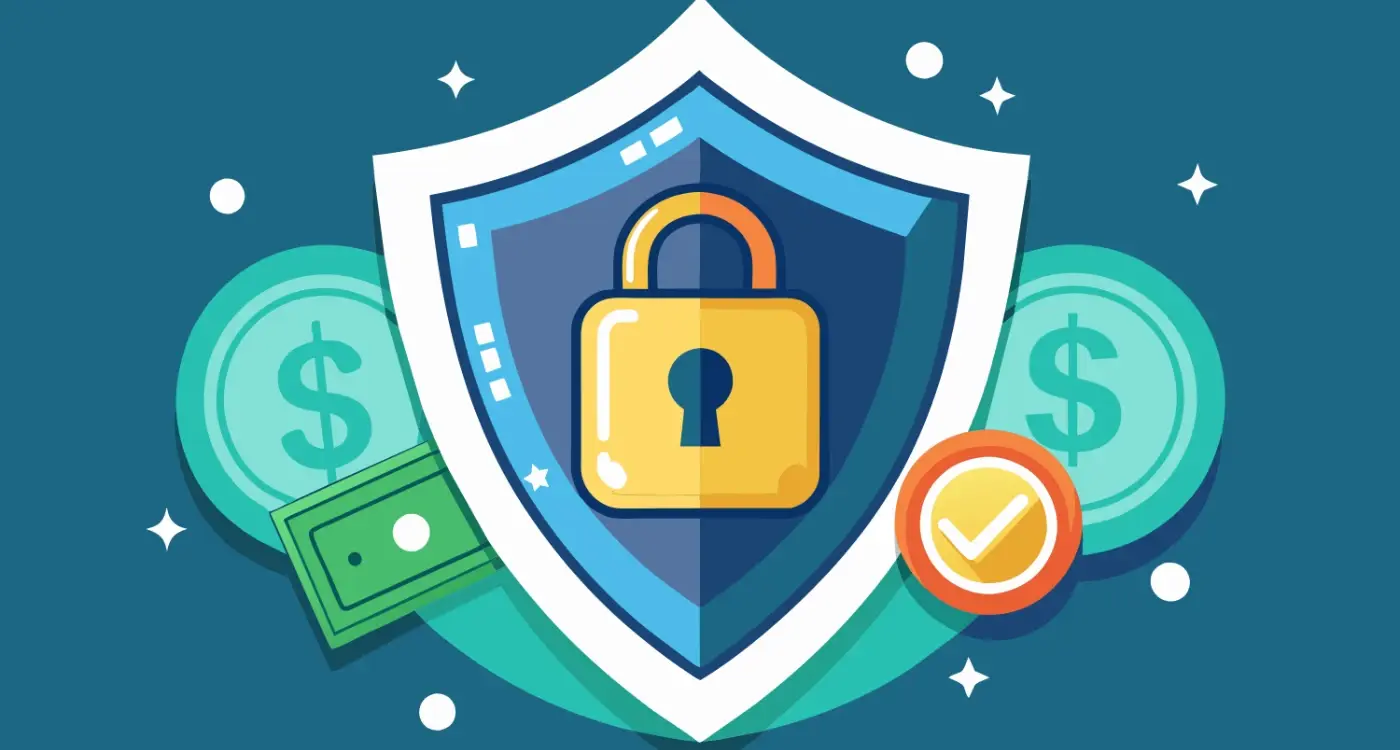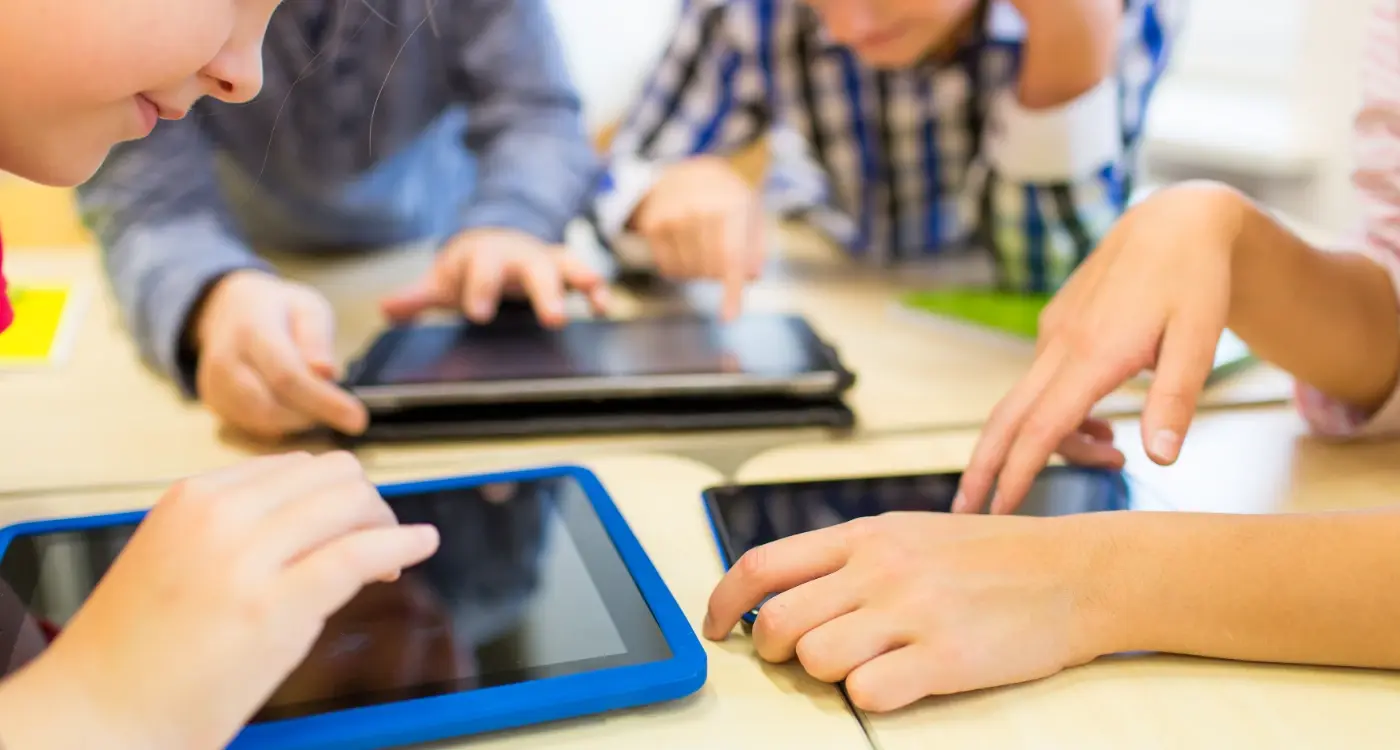How Do I Make My Education App Work in Schools With Poor Internet?
You've spent months building what you think is the perfect education app. The interface looks great, the content is engaging, and teachers love the demo. Then reality hits—you try to use it in an actual school and the app crashes, freezes, or simply refuses to load because the internet connection is terrible. Sound familiar?
This isn't just frustrating; it's a massive problem that kills education apps before they even get started. Schools across the UK struggle with poor internet connections, and if your app can't handle that reality, it won't survive in the real world. We're not talking about the odd slow moment here and there—we're talking about connections so bad that basic web browsing becomes a nightmare.
The thing is, most app developers build for perfect conditions. Fast internet, modern devices, unlimited data. But schools operate in a completely different world. They have old infrastructure, shared connections with hundreds of users, and IT budgets that make shoestrings look generous. Your beautiful app that works perfectly in your office might be completely useless in a Year 6 classroom.
Building an education app without considering poor internet is like designing a car that only works on perfect roads
That's where this guide comes in. Over the next eight chapters, we'll walk through everything you need to know about making education apps that actually work in real schools. From offline functionality to data compression, device sharing to simple design principles—we'll cover the practical steps that turn a nice idea into something teachers and students can actually use every day, regardless of their internet connection.
Understanding the Internet Problem in Schools
After years of building education apps, I can tell you that schools face some serious internet challenges that might shock you. Many schools—especially primary schools and those in rural areas—are still running on internet connections that would make your home broadband look lightning fast.
The reality is harsh. Some schools share a single internet connection between hundreds of pupils and dozens of devices. Others have patchy Wi-Fi that drops out every few minutes or bandwidth so limited that loading a simple webpage becomes a test of patience. I've worked with schools where teachers have to queue to download resources, and streaming a video is completely out of the question.
Why Schools Struggle With Internet Access
Schools face unique internet problems that most businesses don't encounter:
- Limited budgets mean they can't always afford high-speed connections
- Old buildings with thick walls that block Wi-Fi signals
- Hundreds of devices trying to connect at the same time
- Network filters that block or slow down certain types of content
- Unreliable rural internet infrastructure
What This Means for Education Apps
If you're building an education app, you cannot assume schools will have reliable internet. Apps that need constant connection, stream videos, or download large files simply won't work in many school environments. Teachers get frustrated when technology fails them, and pupils lose learning time waiting for things to load.
The schools that need educational technology most—those with limited resources—are often the ones with the poorest internet connections. Your app needs to work brilliantly even when the internet doesn't.
Making Your App Work Without Internet
Right, let's tackle the big one—building offline functionality into your education app. This isn't just a nice-to-have feature when you're dealing with schools; it's absolutely necessary. I've worked on education apps that looked brilliant online but completely fell apart the moment the Wi-Fi dropped out, which happens more often than you'd think in school environments.
The key is understanding what parts of your app students actually need when they're disconnected. You can't download the entire internet, but you can be smart about what you store locally on the device. Think about the core learning activities—reading materials, practice exercises, video lessons, and progress tracking. These are the bits that need to work seamlessly whether the internet is blazing fast or completely absent.
What to Store Offline
Your offline strategy needs to focus on the content students use most frequently. Here's what should work without any connection:
- Text-based lessons and reading materials
- Interactive quizzes and exercises with instant feedback
- Previously downloaded videos and audio content
- Student progress and completed work (syncs when online)
- Basic navigation and core app features
Start by mapping out your app's features and mark which ones absolutely must work offline. Focus on these first—you can always add more sophisticated offline features later.
Technical Approaches That Actually Work
There are several ways to build offline functionality, but some work better than others in real school environments. Local databases are your friend here—they store content directly on the device and don't care about internet speed. Choosing the right database setup for offline apps is crucial for performance and reliability.
The tricky bit is syncing data when the connection returns. Students don't want to lose their work, and teachers need to see accurate progress reports. Build in conflict resolution for when the same content gets updated both online and offline.
Smart Ways to Save Data and Content
When you're building an education app for schools with dodgy internet, the way you handle data storage can make or break your app's success. I've worked on countless education apps over the years, and the ones that get it right are the ones that think carefully about what to store and how to store it.
The golden rule here is simple: store the things students use most. That means core lessons, basic exercises, and student progress data should all live on the device. But here's where many developers go wrong—they try to store everything. Don't do this! Your app will become a storage monster that schools can't install because they've run out of space on their tablets.
What Content Should You Store Locally?
Think about what students actually need when the internet cuts out. Text-based lessons are brilliant because they take up almost no space. Basic maths problems, reading comprehension exercises, and quiz questions can all be stored without eating up precious storage. Videos and high-resolution images? Those should be the first things you cut when space gets tight.
Student progress data needs special attention. You want to save their work even when they can't sync with your servers. This means creating a local database that can hold weeks worth of student activity—then sync it all back when the connection returns.
Compression and Smart Loading
Here's something most developers miss: you can compress educational content much more than you think. Text compresses beautifully, and even simple images can be squeezed down without losing their educational value. We're not trying to win design awards here; we're trying to make learning possible.
| Content Type | Storage Priority | Compression Level |
|---|---|---|
| Text lessons | High | Maximum |
| Student progress | High | Medium |
| Exercise images | Medium | High |
| Video content | Low | Maximum |
Smart loading means downloading content in chunks rather than all at once. When a teacher opens a new unit, your app can quietly download the next few lessons in the background—but only if there's a decent connection available.
Building Apps That Share Between Devices
When internet connections are patchy or non-existent, sharing content between devices becomes a real lifesaver for schools. I've worked on education apps where teachers needed to distribute worksheets, videos, or assignments to thirty tablets at once—and waiting for everything to download individually would take forever.
The smart approach is building peer-to-peer sharing right into your app. This means devices can talk directly to each other without needing the internet at all. Think of it like passing notes in class, but digitally. One device acts as the host (usually the teacher's tablet or laptop) and shares content with nearby student devices using Wi-Fi Direct, Bluetooth, or local network connections.
Making Device-to-Device Sharing Work
Your app needs to detect when other devices are nearby and create a simple way to share content. The teacher should be able to select what they want to share—a lesson, quiz, or activity—then push it out to all connected devices with just a few taps. Understanding device access capabilities is essential when building these peer-to-peer features across different platforms.
The best education apps work like a digital classroom where the teacher can instantly share resources with every student, regardless of internet speed
Keeping Things Simple
Don't overcomplicate the sharing process. Teachers aren't tech experts and they shouldn't need to be. Your interface should show which devices are connected, what content is being shared, and how the transfer is progressing. If something goes wrong, provide clear messages about what happened and how to fix it. Remember that in a classroom with poor internet, this sharing feature might be the difference between a successful lesson and a frustrating one.
Creating Simple Designs That Load Quickly
When you're designing an education app for schools with poor internet, every design choice matters. I've worked on dozens of educational apps, and the ones that succeed in challenging network conditions all have one thing in common—they prioritise speed over flashiness. Your app might have the best content in the world, but if it takes thirty seconds to load a single page, teachers will delete it faster than you can say "buffering".
The secret is understanding that simple doesn't mean boring. It means being smart about what you include and what you don't. Heavy graphics, complex animations, and multiple fonts might look impressive on your design mockups, but they're killers when it comes to loading speed. Instead, focus on clean layouts with plenty of white space, basic colour schemes that don't require fancy gradients, and text that's large enough for students to read easily.
Design Elements That Slow Down Your App
Some design choices will make your app crawl on slow connections, whilst others will keep it running smoothly. Here's what typically causes problems:
- High-resolution images and photos that haven't been compressed
- Custom fonts that need to download before displaying
- Complex animations and transitions between screens
- Video backgrounds or auto-playing content
- Too many interactive elements on a single page
Making Smart Design Compromises
The good news is that students and teachers actually prefer simple, fast-loading interfaces over complex ones. They want to get to the learning content quickly, not wait around admiring your design work. Use system fonts where possible—they're already installed on the device so they load instantly. Keep your colour palette limited to just two or three colours, and make sure there's strong contrast for readability in bright classroom environments.
Testing Your App in Real School Conditions
Once you've built your education app with offline functionality, you need to test it where it will actually be used—in schools with poor internet. This means getting out of your comfortable office with fast WiFi and seeing how your app performs in the real world.
Start by finding schools that will let you test your app during actual lessons. Many teachers are happy to help if you explain that you're trying to make something that works better for them. Set up your app on the school's devices and watch what happens when twenty students try to use it at the same time on their patchy internet connection.
What to Look For During Testing
Pay attention to loading times—what feels fast in your office might feel painfully slow on school internet. Watch how students react when the app switches to offline mode; do they understand what's happening or do they get confused? Notice which features students actually use and which ones they ignore completely.
Test your app during different times of the school day. Internet speeds often slow down during lunch breaks when everyone is online, but might be faster during morning lessons.
Getting Honest Feedback
Teachers will tell you the truth about what works and what doesn't—they have no reason to be polite about apps that make their job harder. Students are even more direct; if something is confusing or slow, they'll let you know immediately. This feedback is gold dust for making your app better.
Don't just test once and assume everything is fine. Internet conditions change throughout the day and week. Test during busy periods, quiet periods, and when the weather is bad and everyone stays inside using devices. Thorough testing strategies are essential for ensuring your app works reliably in all these situations.
Getting Schools to Accept Your Offline App
After months of building your offline education app, you now face what might be the toughest challenge yet—convincing schools to actually use it. Schools are cautious about new technology, and for good reason. They've been burnt by apps that promised the world but delivered very little.
Start by showing your app to teachers, not headteachers. Teachers know the daily struggles of poor internet better than anyone else; they're the ones watching lessons fall apart when the Wi-Fi drops out. When you demo your app, don't just talk about features—show them how it works when there's no internet at all. Turn off the Wi-Fi on your device and run through real lesson scenarios.
Proving Your App Actually Works
Schools need proof, not promises. Offer a free trial period where teachers can test your app in their actual classrooms. This isn't just about checking if the app works—it's about seeing if children can use it without constant help. Make sure you're available during this trial period to answer questions and fix any problems that come up.
Speaking Their Language
Schools care about curriculum alignment, learning outcomes, and student progress tracking. When you present your app, explain how it fits into existing lesson plans rather than replacing them. Show how teachers can track which students have completed work, even when it was done offline. Understanding how mobile apps transform education will help you communicate the value proposition effectively to school decision-makers.
Remember that schools move slowly when adopting new technology. Don't expect instant decisions. Build relationships with individual teachers first; they'll become your champions when budget discussions happen at the school level.
Conclusion
Building education apps that work brilliantly in schools with poor internet isn't just about adding offline functionality—it's about rethinking how we design apps from the ground up. After years of working with schools and seeing the real challenges they face daily, I can tell you that the schools which get the most from education technology aren't necessarily the ones with the fastest connections.
The strategies we've covered in this guide work because they address the actual problems teachers and students encounter. When your app can sync content in the background, share resources between devices, and work smoothly even when the internet drops out completely, you're solving real problems that matter. Schools notice this difference straight away.
What's particularly interesting is how these offline-first approaches often make apps better for everyone—not just schools with connectivity issues. Faster loading times, lower data usage, and more reliable performance benefit users everywhere. It's one of those situations where designing for constraints actually improves the overall experience.
The key is starting with offline functionality as a core requirement, not an afterthought. When you build your app architecture around working without internet, everything else falls into place more naturally. Data syncing becomes smoother, user interfaces become more responsive, and schools find it much easier to adopt your solution.
Schools with poor internet connections represent a huge opportunity for education app developers who are willing to tackle these technical challenges properly. The schools that need these solutions most are often the ones that will value them highest—and that's exactly where your app can make the biggest difference to students' learning.
Share this
Subscribe To Our Learning Centre
You May Also Like
These Related Guides

How Do I Design Apps for Schools and Students?

What Makes Banking Apps Feel Safe and Easy to Use?



